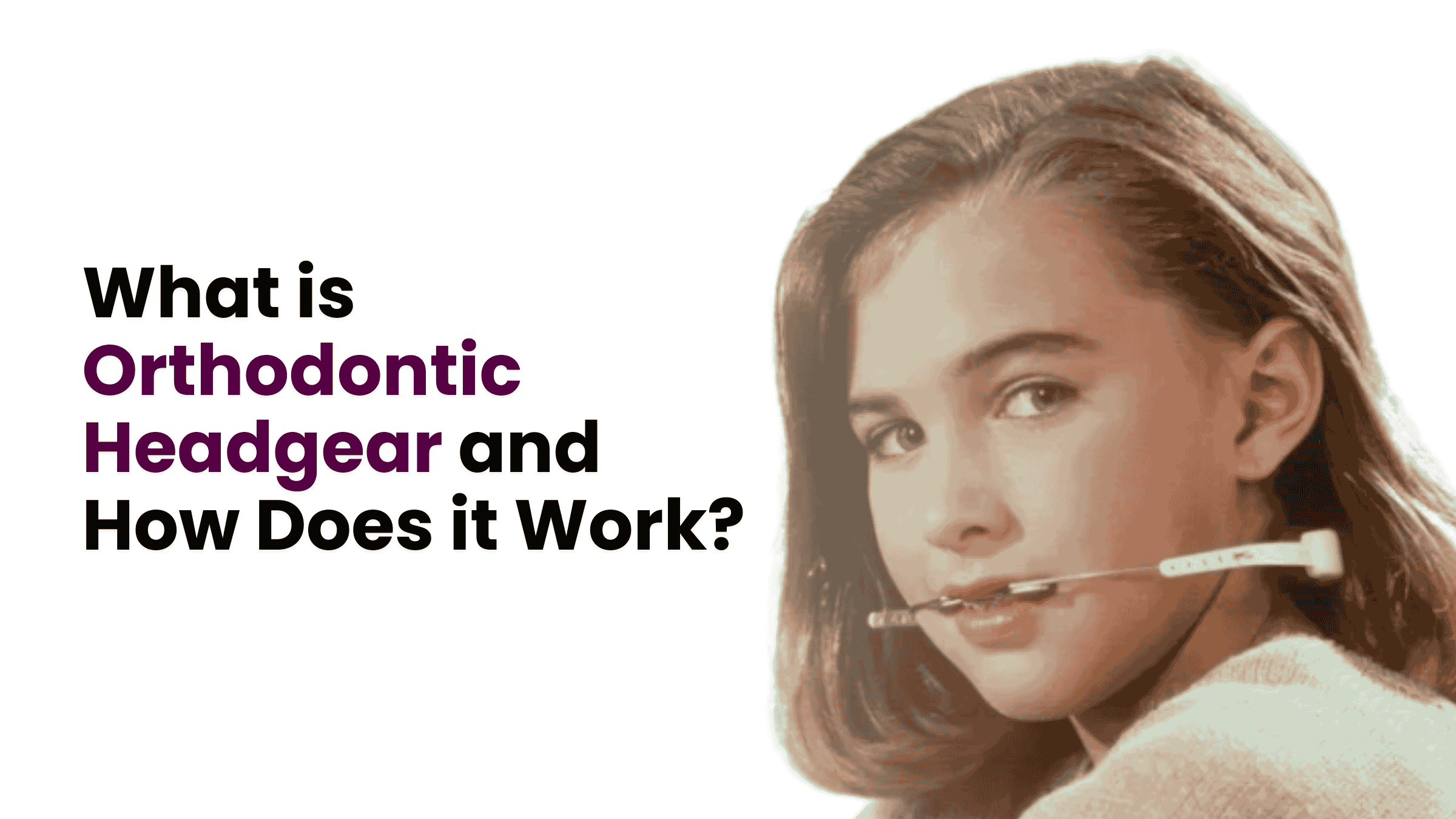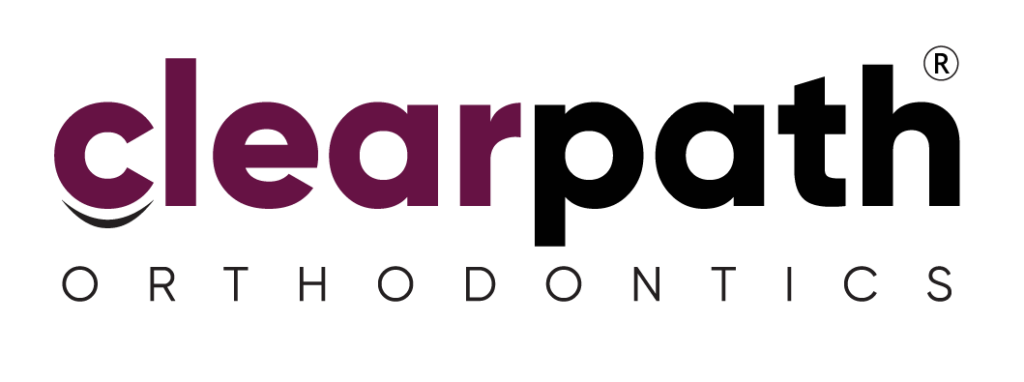
What is Orthodontic Headgear and How Does it Work?
Orthodontic headgear is a common tool used by orthodontists to help guide the growth of a patient’s teeth and jaw. It is typically prescribed to children and adolescents who are undergoing braces treatment to correct misalignments. In this article, we’ll dive deep into what orthodontic headgear is, how it works, its different types, and its role in achieving a perfect smile.
What is Orthodontic Headgear?
Orthodontic headgear is a dental appliance designed to help align the teeth and jaw for improved function and appearance. It works by applying external pressure to the teeth and jaw to guide their growth and movement. It is most commonly used in cases where the patient has an overbite, underbite, or other severe bite issues that cannot be corrected solely with braces.
Headgear for braces is typically worn outside of the mouth and is attached to the braces with straps or other attachments. It is often worn for several hours each day and during the night, depending on the orthodontist’s recommendations.
Read More: Six Common Myths About Clear Aligners
Types of Orthodontic Headgear
There are various types of headgear for teeth, and each type serves a specific purpose. The most common types include:
1. Traditional Headgear (Class II Headgear)
This is the most common type of orthodontic headgear. It is typically used to correct an overbite, where the upper jaw grows too far forward compared to the lower jaw. The headgear applies pressure to the back of the upper teeth and gently pulls the upper jaw back to help align the bite.
2. Reverse Pull Headgear
Reverse pull headgear, also known as the “facemask,” is used to treat an underbite, where the lower jaw is too far forward compared to the upper jaw. This type of headgear is worn over the face and applies forward pressure to the upper jaw to encourage its growth and alignment with the lower jaw.
3. Cervical Pull Headgear
Cervical pull headgear is another type of orthodontic headgear designed to correct overbites. It applies pressure to the upper back teeth and the neck, encouraging the upper jaw to grow more slowly and the lower jaw to catch up.
4. High Pull Headgear
This type of headgear is used to correct specific bite issues such as open bites. It applies pressure to the upper jaw and the back teeth, pulling them upward and backward to correct misalignment.
How Does Orthodontic Headgear Work?
Orthodontic headgear works by applying gentle but consistent pressure to the teeth and jaw. The appliance is typically attached to the braces and worn for a prescribed amount of time each day. The force exerted by the headgear encourages the teeth and jaw to shift into better alignment over time.
In some cases, orthodontists may recommend using headgear in conjunction with other treatments, such as invisible aligners, to achieve the best results.
Read More: How Long Do Aligners Take to Work?
Benefits of Orthodontic Headgear
Using headgear for braces provides several benefits, including:
- Correcting Jaw Alignment: Orthodontic headgear helps correct jaw discrepancies like overbites and underbites, which can improve overall bite function.
- Enhanced Tooth Movement: The external pressure helps guide the movement of teeth, speeding up the process of achieving the desired alignment.
- Aesthetic Improvements: By improving jaw and tooth alignment, headgear can significantly improve the appearance of the smile.
- Prevents Future Issues: Early use of orthodontic headgear can help prevent more complex orthodontic issues in the future, saving both time and money.
How Long Should You Wear Orthodontic Headgear?
The amount of time a patient is required to wear orthodontic headgear depends on their specific needs. Typically, headgear should be worn for at least 12-14 hours per day, including while sleeping. Some patients may need to wear their headgear for a longer period depending on the severity of their misalignment.
Your orthodontist will provide personalized guidelines to ensure you are wearing the headgear for the recommended amount of time.
The Role of Headgear in Achieving a Perfect Smile
Orthodontic headgear plays a crucial role in helping patients achieve a perfectly aligned smile. By using external pressure to guide the growth of the jaw and teeth, it can correct bite problems that cannot be fixed with braces alone. Although wearing headgear may seem inconvenient, it is often necessary for achieving the best long-term results.
Invisible Aligners: A Modern Alternative
In addition to traditional headgear, there are modern options for patients looking for a more discreet orthodontic treatment. Invisible aligners, like those provided by ClearPath Orthodontics, are an excellent option for patients seeking a more aesthetic solution. Invisible aligners are custom-made, clear plastic trays that gradually shift the teeth into their correct position without the need for headgear.
Benefits of Choosing Invisible Aligners
- Discreet Appearance: Invisible aligners are virtually undetectable, making them a popular choice for adults and teens who are self-conscious about wearing braces.
- Comfort: The smooth plastic design of invisible aligners is more comfortable than traditional metal braces or headgear.
- Convenience: Invisible aligners can be removed for eating and cleaning, making it easier to maintain oral hygiene.
For more information on invisible aligners, visit ClearPath Orthodontics at clearpathortho.com or call us at 042 111 333 276.
Read More: Can You Eat Crackers with Braces?
Conclusion
Orthodontic headgear plays a pivotal role in correcting jaw and teeth misalignments, making it an essential part of orthodontic treatment for many patients. Although it requires commitment and consistent use, it can result in significant improvements in both function and aesthetics. Whether you are undergoing traditional orthodontic treatment with headgear or exploring modern options like invisible aligners, there are solutions available to help you achieve a beautiful, well-aligned smile.
FAQs
While orthodontic headgear can feel a bit awkward at first, most patients adjust to wearing it over time. It’s important to follow your orthodontist’s guidelines for wearing it to ensure maximum comfort and effectiveness.
The length of treatment with headgear varies based on the individual case, but most patients can expect to wear it for several months to a year. Your orthodontist will provide a treatment timeline.
No, it’s best to remove headgear while eating. This will help prevent damage to the appliance and ensure proper oral hygiene.
Yes! Invisible aligners are a modern and discreet alternative to traditional braces and headgear. Consult with your orthodontist to determine if aligners are a suitable option for you.
